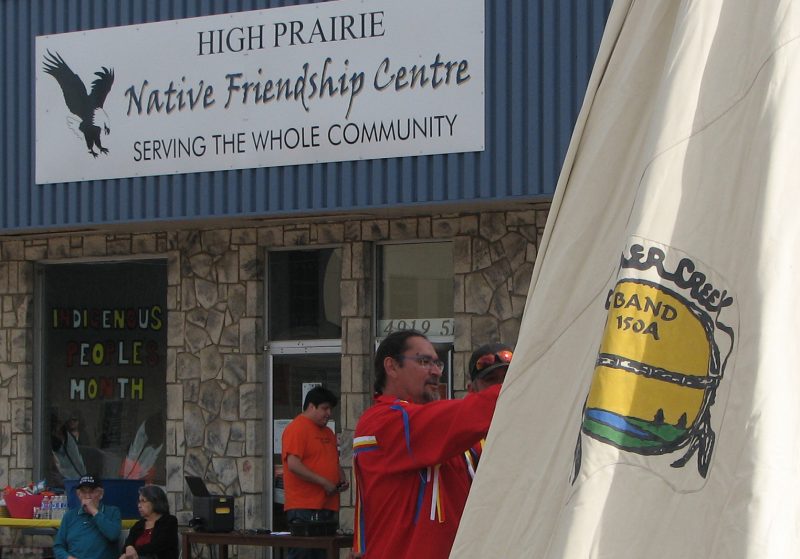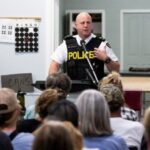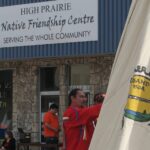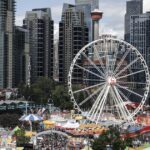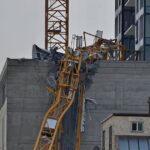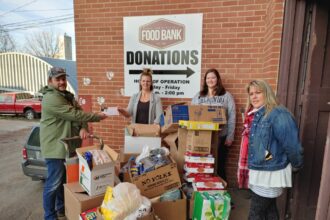The rhythmic beat of traditional drums echoed through the air as High Prairie residents gathered for an enriching celebration of Indigenous heritage last week. The High Prairie Native Friendship Centre hosted its annual cultural gathering, drawing hundreds of participants eager to engage with and learn about Indigenous traditions, arts, and culinary practices.
“This event represents the heart of our mission—bringing people together to foster understanding and appreciation for Indigenous culture,” explained Angela White, Executive Director of the Friendship Centre. “When we share our traditions, we strengthen the bonds within our community and preserve these invaluable cultural practices for future generations.”
Visitors meandered through an impressive array of artisan booths showcasing traditional beadwork, handcrafted jewelry, and intricate leather goods. The vibrant displays offered both a visual feast and a tactile education in Indigenous craftsmanship that has been perfected over centuries.
The celebration featured interactive workshops where attendees learned traditional skills directly from knowledge keepers. Many participants expressed particular enthusiasm for the moccasin-making demonstrations, where Elder Sarah Tallfeathers patiently guided novices through the meticulous process of creating footwear that has profound cultural significance beyond its practical applications.
“I’ve lived in High Prairie for fifteen years but never fully understood the depth of symbolism in Indigenous art until today,” remarked Donna Jenkins, a local schoolteacher who attended with her family. “The stories behind each pattern and design are absolutely fascinating.”
The culinary offerings proved equally popular, with traditional foods drawing long lines throughout the day. Bannock, prepared both traditionally over open flames and with modern variations, disappeared almost as quickly as it could be made. Many attendees had their first taste of bison stew, saskatoon berry preparations, and other dishes that remain central to Indigenous food traditions in the region.
Cultural preservation was a recurring theme throughout the event. Community elders hosted talking circles that created space for sharing oral histories and traditional knowledge with younger generations. These exchanges highlighted ongoing efforts to ensure that language, stories, and cultural practices continue despite historical challenges to Indigenous identity.
“Events like this are absolutely critical,” noted Thomas Cardinal, a cultural advisor with the Friendship Centre. “For decades, our practices were suppressed. Now we celebrate them openly, but this isn’t just about showcasing our culture—it’s about actively preserving it through teaching and community engagement.”
The gathering also addressed contemporary issues facing Indigenous communities. Information booths offered resources on health services, educational opportunities, and community support programs available through the Friendship Centre and partner organizations throughout the year.
As the sun began to set, the celebration culminated in a powwow featuring dancers of all ages in traditional regalia. The vibrant movements, accompanied by singing and drumming, captivated the audience and provided a powerful demonstration of cultural continuity and resilience.
Plans are already underway for next year’s gathering, which organizers hope will expand to include even more programming and attract visitors from throughout the Peace Country region. The success of this year’s event demonstrates the growing interest in meaningful cultural exchange in northern Alberta communities.
As our diverse society continues to navigate the complex path toward reconciliation, we might ask ourselves: How can cultural celebrations like this one move beyond appreciation to create lasting understanding and respectful relationships between Indigenous and non-Indigenous communities?

